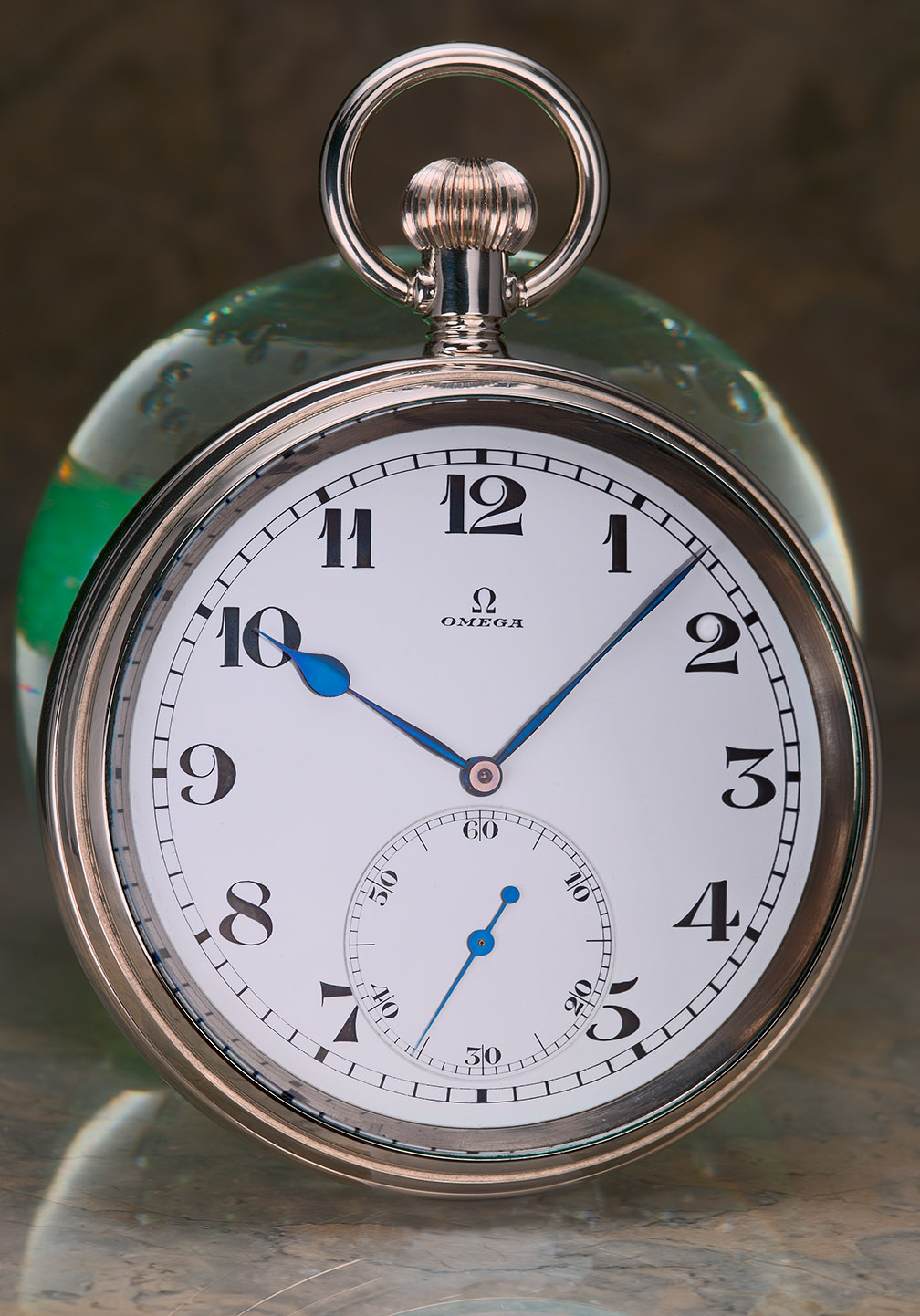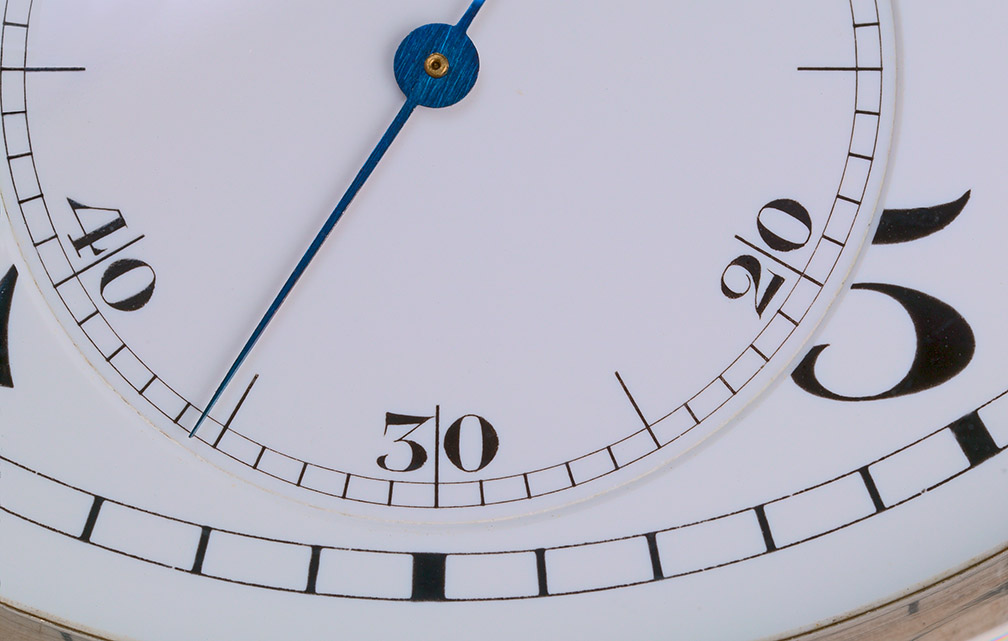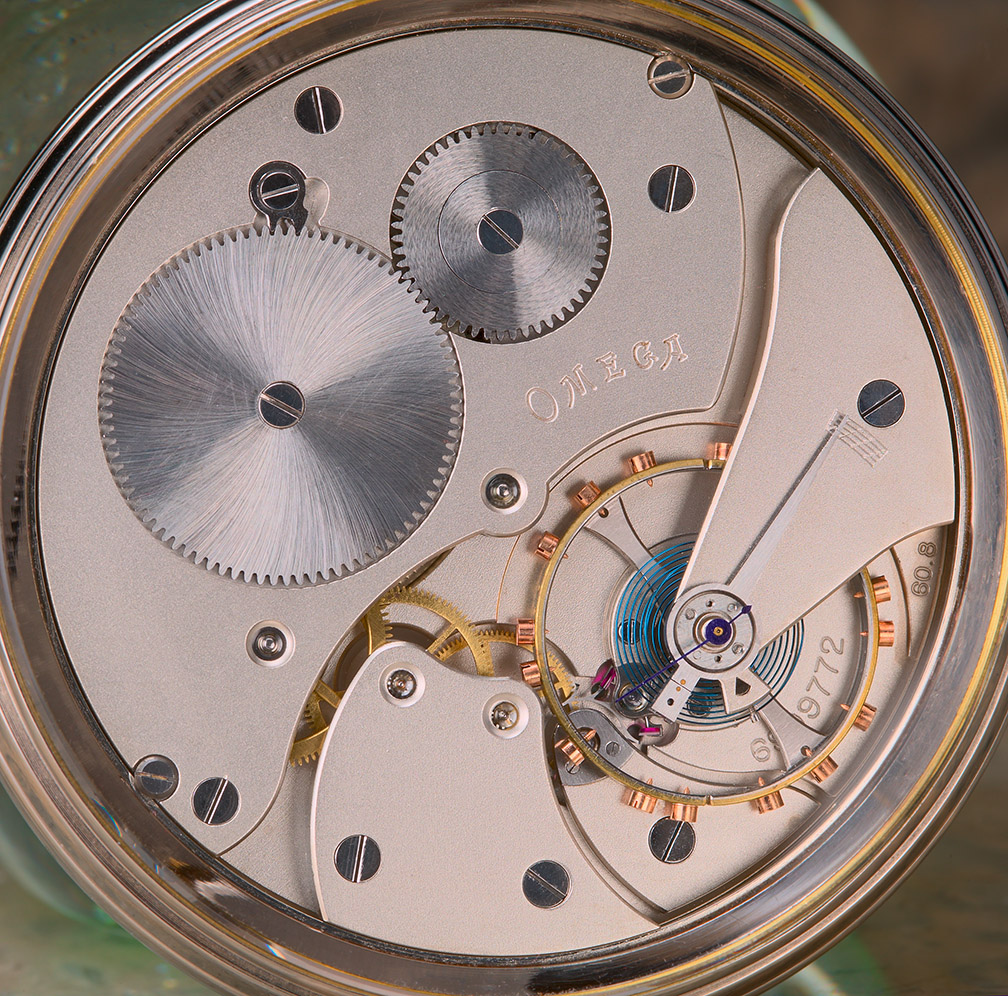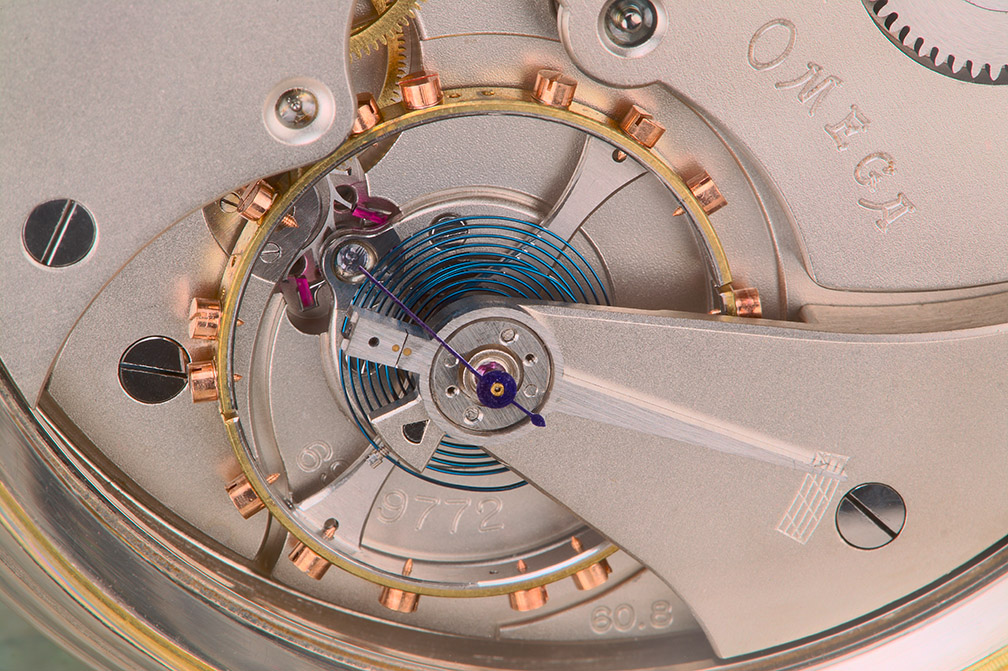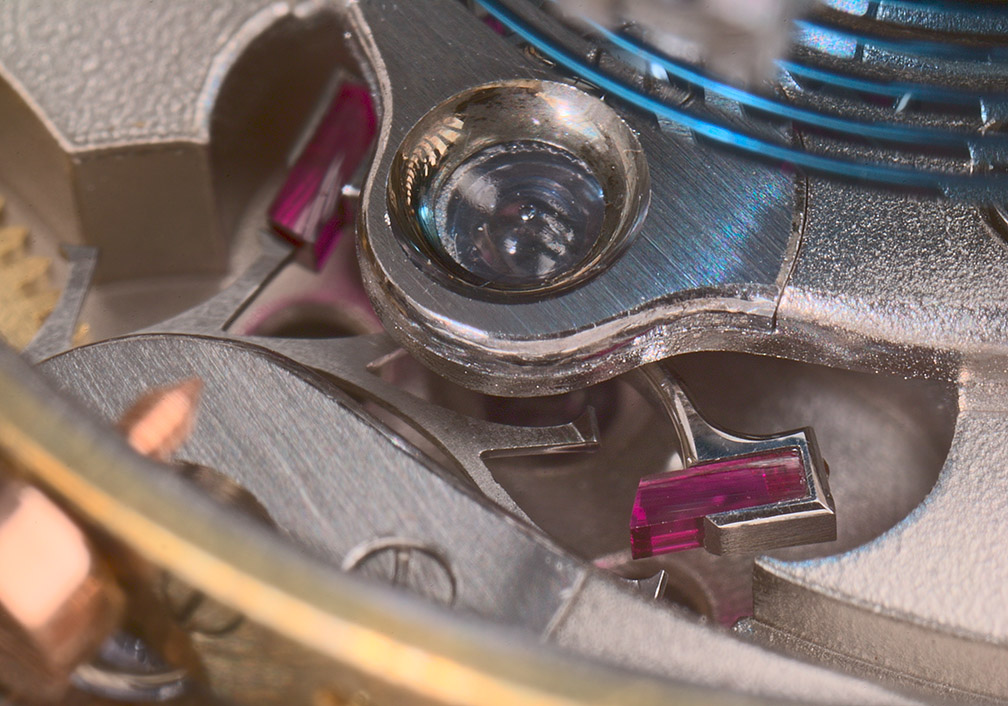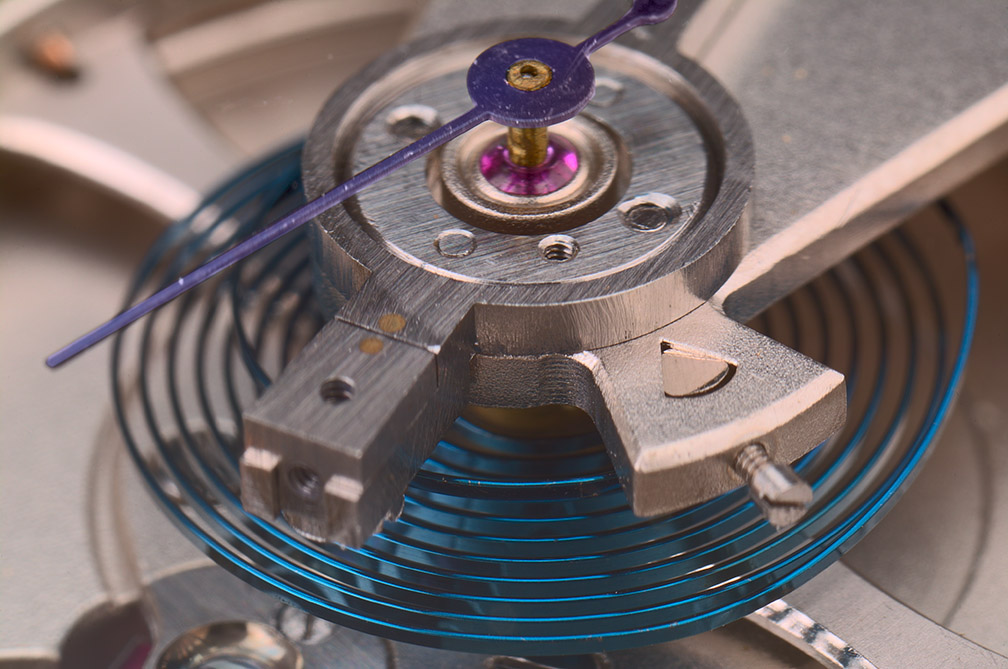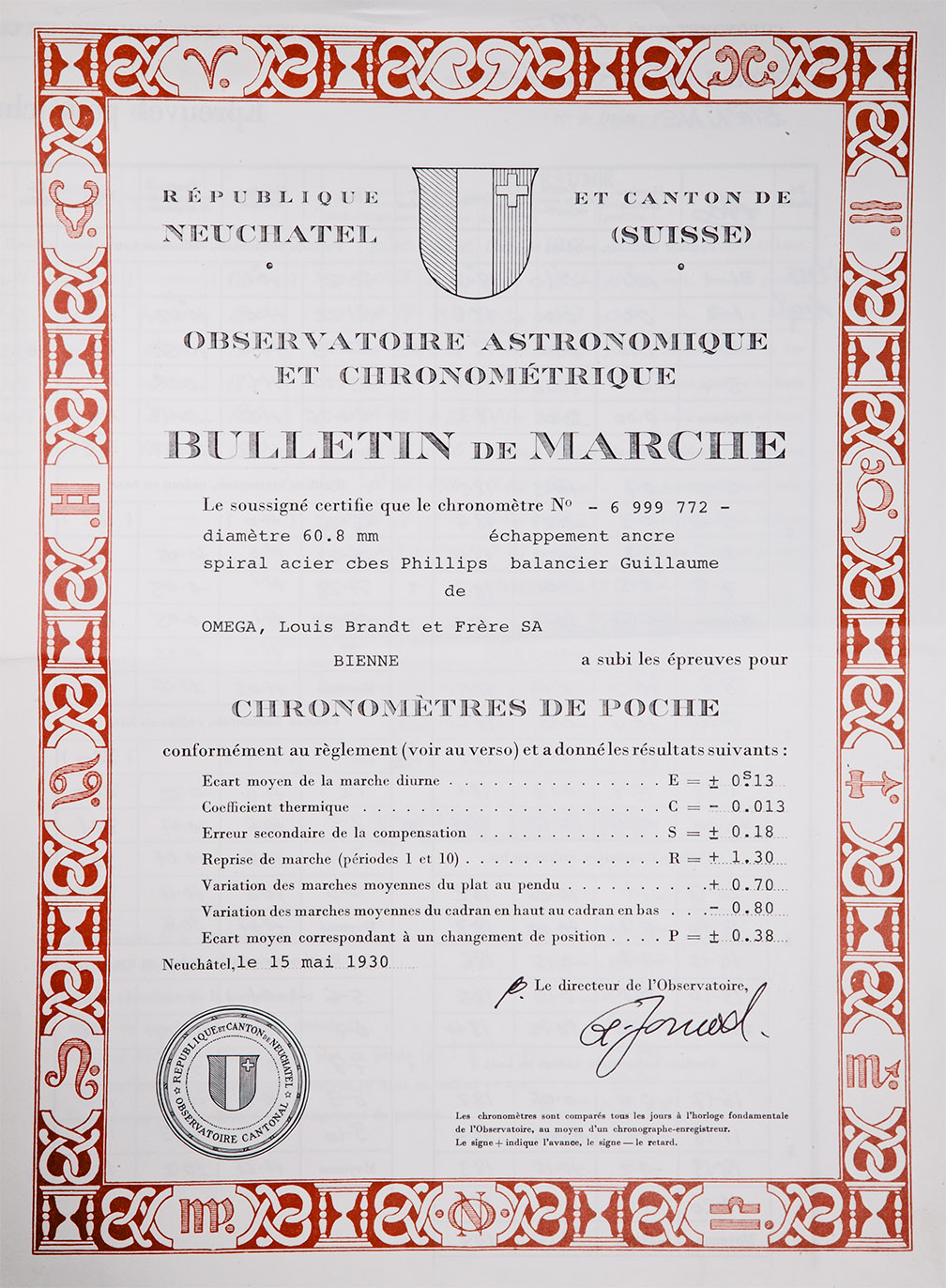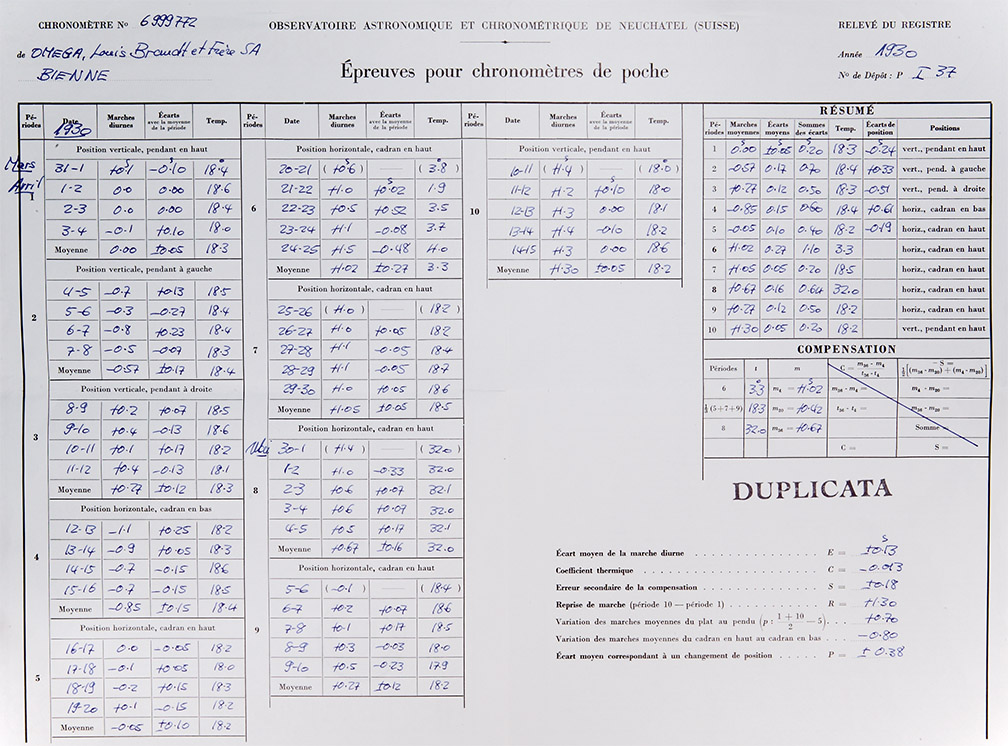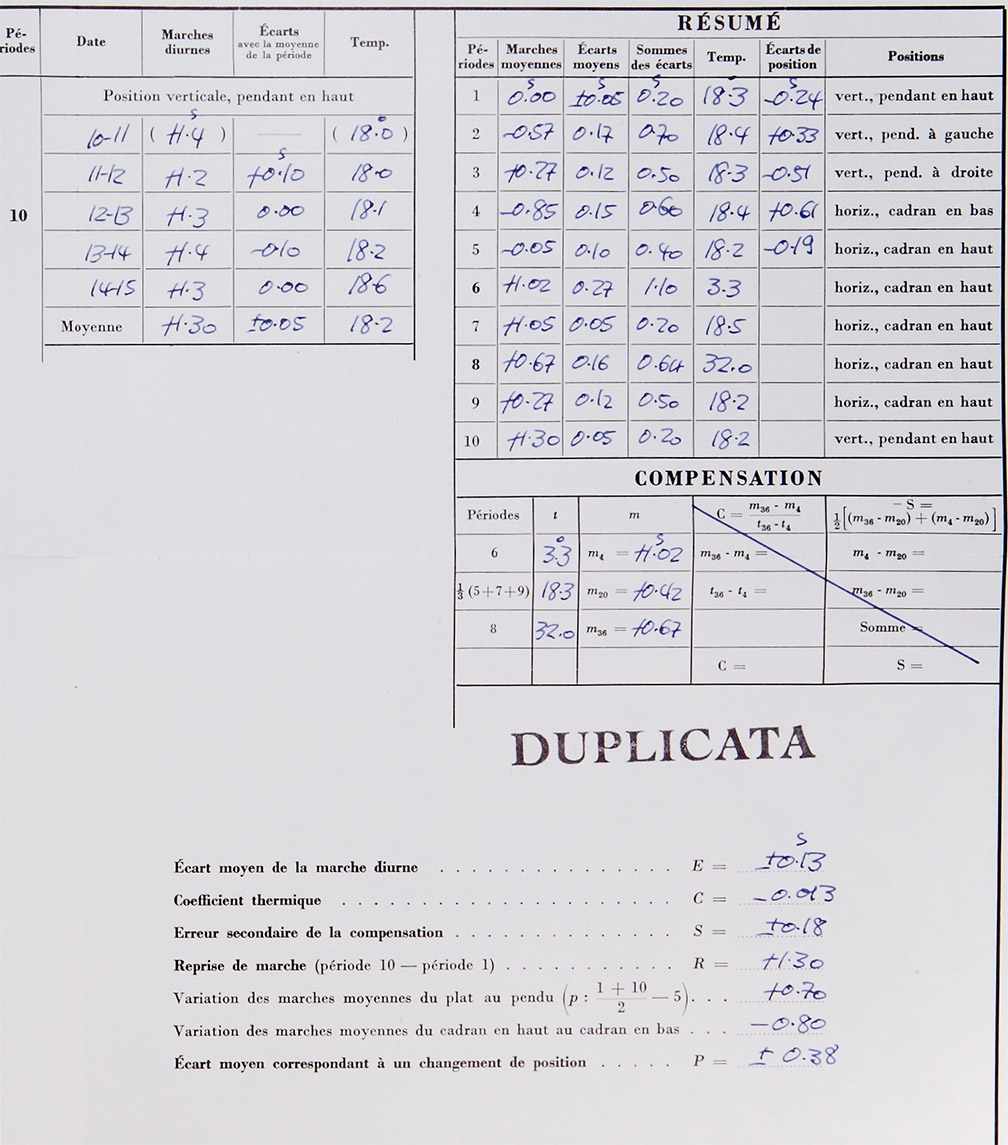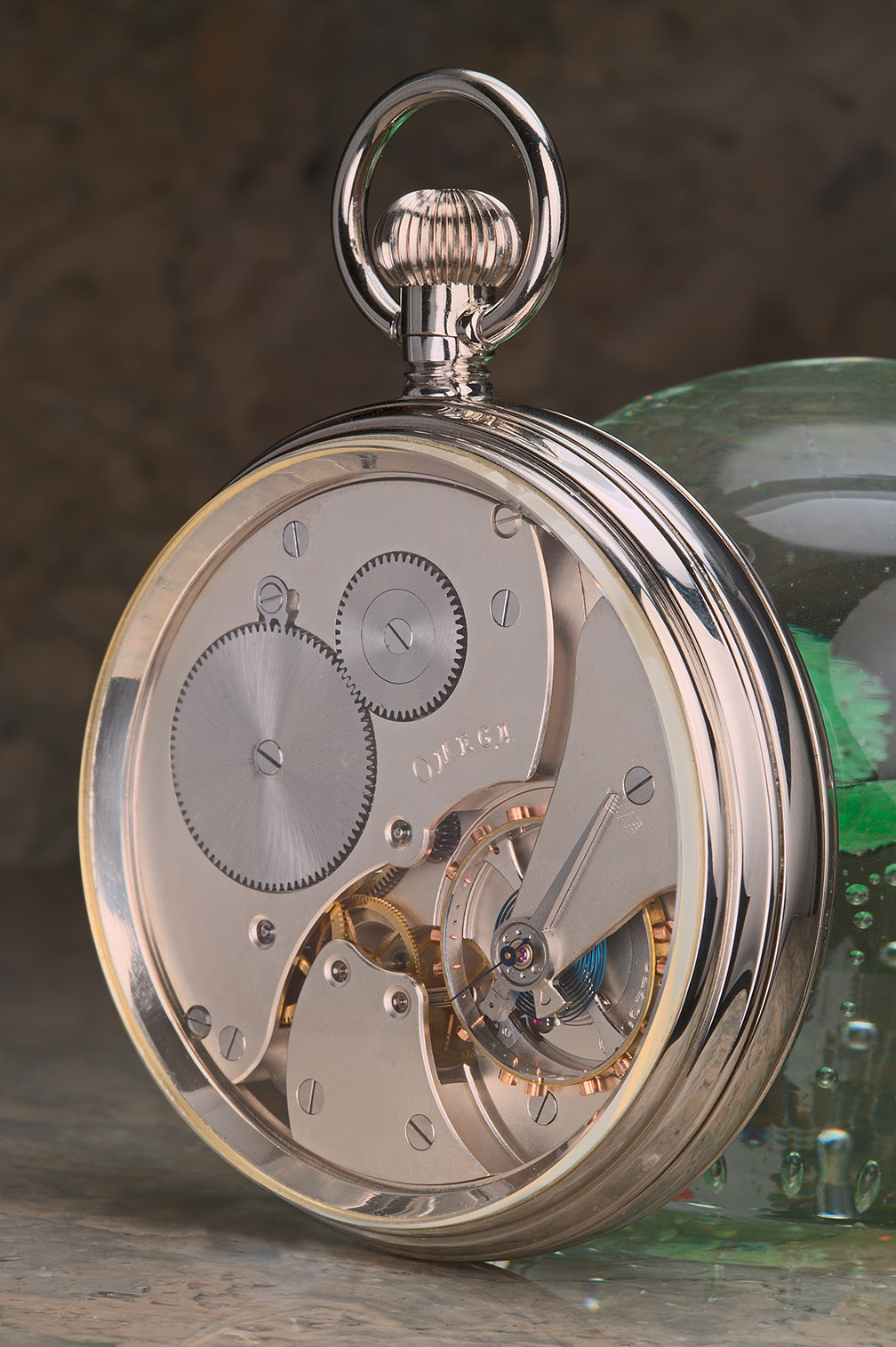Although it may not have been clear at the time, the quest for mechanical timekeeping ended 40 years ago. This is not to say that all progress has stopped, or that the market has forsaken mechanical timepieces, but rather that by the late 1960s alternative means of marking time were several orders of magnitude more precise, and rapidly becoming similarly inexpensive. Today, advances in machine precision, metalurgy, lubricants and material science allow manufactures to produce movements which predictably surpass COSC specifications without costly adjustment, and which often run acceptably for many years with little attention. Water and dust resistance are much improved, cases, dials and hands are more durable...functional quality at all price points is undeniably better. It's a good thing, too, because out at the far end of the curve, today's watches, as timekeepers, hardly best their mid-20th-century ancestors, if at all.Historically, by the mid-1700s the basics of modern mechanical timekeeping were already in place. Christian Huygens had created a balance-spring regulated watch, and Thomas Mudge the Swiss-lever escapement, and in 1764 John Harrison's three-pound H4 marine chronometer was keeping time accurately within two seconds per day, for months at a time, out on the open ocean. For the next sixty years the inventions of Abraham-Louis Breguet dominate the development of what we now call pocketwatches, and soon many individuals and firms were capable of producing portable timepieces providing admirable accuracy and precision.
Eventually watch manufactures began submitting a few of their best watches for competitive testing at astronomical observatories, providing an arena to publicize their products and promote scientific progress. Chronometer testing and certification began in Neuchatel in 1866, and Geneva in 1873, and ended in Neuchatel in 1975, and Geneva in 1967, wounded first by the success of entries from Seiko, then finally deemed irrelevant with the growing affordability of quartz-controlled watches.
Related articles can be found at:
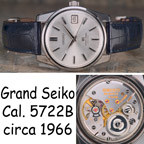
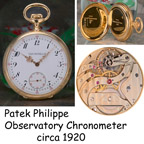
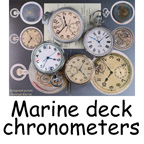
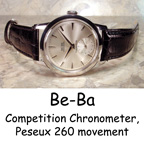
The Swiss competitions classified entries according to movement size, in consideration of the obvious advantages of a larger mainspring and balance, and the relative ease of manipulating and maintaining larger parts. The largest watches were those of Category A, being up to 70mm diameter, thus accomodating marine deck chronometers. This was also the home of most watches designed solely for their timekeeping ability, as technical test platforms and demonstrations of their manufacturers' accomplishments. Certified watches demonstrated accuracy and consistency according to variable positions and temperature, as well as state of wind (isochronism) and over a period of nearly seven weeks. Omega was among the most active competitors, and its successful involvement is wonderfully recounted by Michael Ting, Melvyn Teillol-Foo and Suitbert Walter in this posted article.
The present watch was tested from March 31 through May 15, 1930. As its Caliber indicates, the movement is 60.8 millimeters diameter, so it would have been entered into Category A as noted above. Never intended for any commercial use, Omega produced only 88 examples, between 1925 and 1930. Despite its entirely utilitarian intentions, the 60.8 carries its own stark beauty. At the front, it shows a pristine white fired-enamel dial with stylish hand-painted numerals and lovely blued-steel spade hands.
